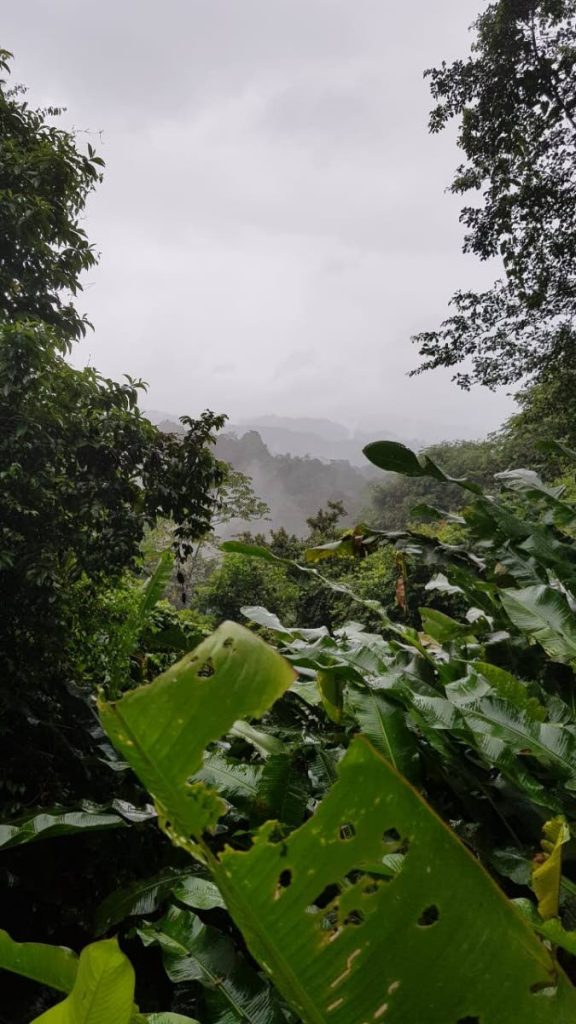New classifications for protected areas

UNDER a new National Protected Area System, there are seven categories by which environmental protected areas in TT can be classified. The establishing of the new system of classification was borne from the framework of the National Protected Areas Policy, mandated to select, legally designate and manage protected areas. The new classification system was adopted and amended for the local environment, from those set out in the International Union for the Conservation of Nature (IUCN) Protected Area classification, a globally-recognised standard for defining and recording protected areas.
The new system designates that protected areas can be classified as:
Scientific reserves – Terrestrial, marine or freshwater areas or combinations of these that are reserved or set aside because of their national, regional, or global significance. This significance can be attributed to outstanding biodiversity and/or geo-diversity that have been formed mostly or entirely by non-human forces.
Scientific conservation reserves – Unmodified or slightly modified terrestrial, marine or freshwater areas or combinations of these reserved primarily to protect the long-term ecological integrity where natural forces and processes predominate. These areas are to be representative of original extent of the ecosystem, possess complete or near-complete native fauna and flora and be large enough to protect biodiversity, maintain ecological processes and ecosystem services.
National parks – Natural or near-natural terrestrial, marine or freshwater areas or combination of these are reserved primarily for the protection and conservation of large-scale ecological processes, and the complement of species and ecosystems characteristic of the area, and which also provide for ecologically and culturally compatible spiritual, scientific, educational, and recreational and visitor opportunities.
National landmarks – Habitat or species terrestrial, marine or freshwater areas or combinations of these which shall be reserved primarily to protect specific outstanding natural features (including landforms, seamount, submarine caverns, springs, waterfalls, mountains, sea coves geological features such as caves or living features such as ancient groves or archaeological sites) and their associated biodiversity and habitats.

Habitat or species management reserves – Terrestrial, marine or freshwater areas or combinations of these are reserved primarily to protect particular species or habitats.
Protected landscape or seascape – Terrestrial, marine or freshwater areas or combinations of these reserved primarily to protect areas where the interaction of people and nature over time has produced an area of distinct character with significant ecological, biological, cultural and scenic value, and where safeguarding the integrity of this interaction is vital to protecting and sustaining the area and its associated nature conservation and other values.
Sustainable use reserves – Terrestrial, marine or freshwater areas or combinations of these reserved primarily to conserve ecosystems, habitats and species, together with associated cultural values and traditional uses, through the implementation of natural resource management systems for the regulation of consumptive use of resources in these reserves. These areas are generally large, with most of the area in a natural condition and where a proportion is under sustainable natural resource management.
Key to the drafting of the National Protected Area System was the involvement of stakeholders. The Improving Forest and Protected Area Management in TT project (IFPAMTT) which began in 2015, initiated stakeholder participation in this process through assisting stakeholders arranged in Subcommittees for six pilot protected areas.
The six sites – the Caroni Swamp, Nariva Swamp and coastal zone, Matura Forest and coastal zone, Trinity Hills and eastern extension, Main Ridge Forest Reserve and the proposed North-East Tobago Marine Protected Area – have been earmarked for reclassification under the new categories of protected areas. Further development of these recommendations is outlined in management plans which have been developed in the implementation of the IFPAMTT project. For more information, please visit the National Forest and Protected Areas website at www.protectedareastt.org.tt
Improving Forest and Protected Area Management in TT is a four-year project being implemented by the Food and Agriculture Organization of the United Nations for the TT Government. Funding was provided by the government, FAO/UN, the EU and the GEF. For more information, visit http://eppd-tt.blogspot.com/p/gef-improving-forest-and-protected-areas.html. To learn more about our local forest and protected areas, visit: https://protectedareastt.org.tt/
–


Comments
"New classifications for protected areas"